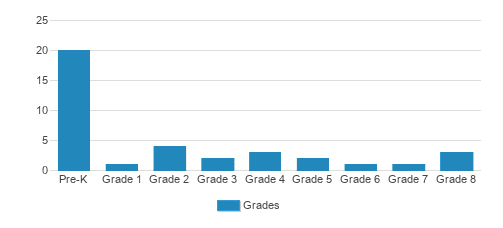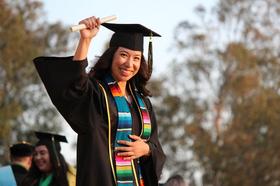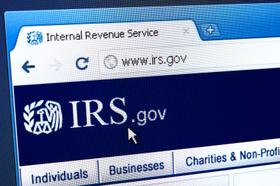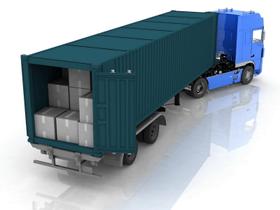Eagle Adventist Christian School & Preschool serves 38 students in grades Prekindergarten-7, is a member of the General Conference of the Seventh Day Adventist Church (GCSDAC) and the National Association for the Education of Young Children.
The student:teacher of Eagle Adventist Christian School & Preschool is 13:1 and the school's religious affiliation is Seventh Day Adventist.
Quick Facts (2025-26)
- Grades: Prekindergarten-7
- Enrollment: 38 students
- Average class size: 15 students
- Application Deadline: None / Rolling
- Source: Verified school update
School Overview
School Membership(s)School Assoc.
Religious Affiliation
Grades Offered
Grades Prekindergarten-7
Learning Difference Programs
Yes
Learning Programs Supported
Individualized and small group instruction
Year Founded
1993
School Calendar
Student Body
Total Students
38 students
Student Body Type
Co-ed
Students by Grade

Academics and Faculty
Total Classroom Teachers
3 teachers
Student-Teacher Ratio
13:1
National avg.: 13:1
% Faculty w/Advanced Degree
40%
Average Class Size
15 students
Classroom Dress Code
Casual
Tuition and Acceptance Rate
Admission Deadline
None / Rolling
Application URL
Source: Verified school update
Frequently Asked Questions
When is the application deadline for Eagle Adventist Christian School & Preschool?
The application deadline for Eagle Adventist Christian School & Preschool is rolling (applications are reviewed as they are received year-round).
School Reviews
Endorse Eagle Adventist Christian School & Preschool. Endorsements should be a few sentences in length. Please include any comments on:
- Quality of academic programs, teachers, and facilities
- Availability of music, art, sports and other extracurricular activities
- Academic or athletic awards
Recent Articles

Student Success Predictors at Community Colleges
A practical guide to student success predictors at community colleges for private school advisors helping graduates navigate two-year pathways.

Career Pathways with Community College for Private School Grads
Explore top career pathways with community college for private school graduates, including high-demand jobs, transfer options, and 2025 workforce trends.

Navigating the FAFSA & Financial Aid Timeline for Community College
Learn how to navigate FAFSA and financial aid timelines when starting at community college — from application to disbursement in 2025.








